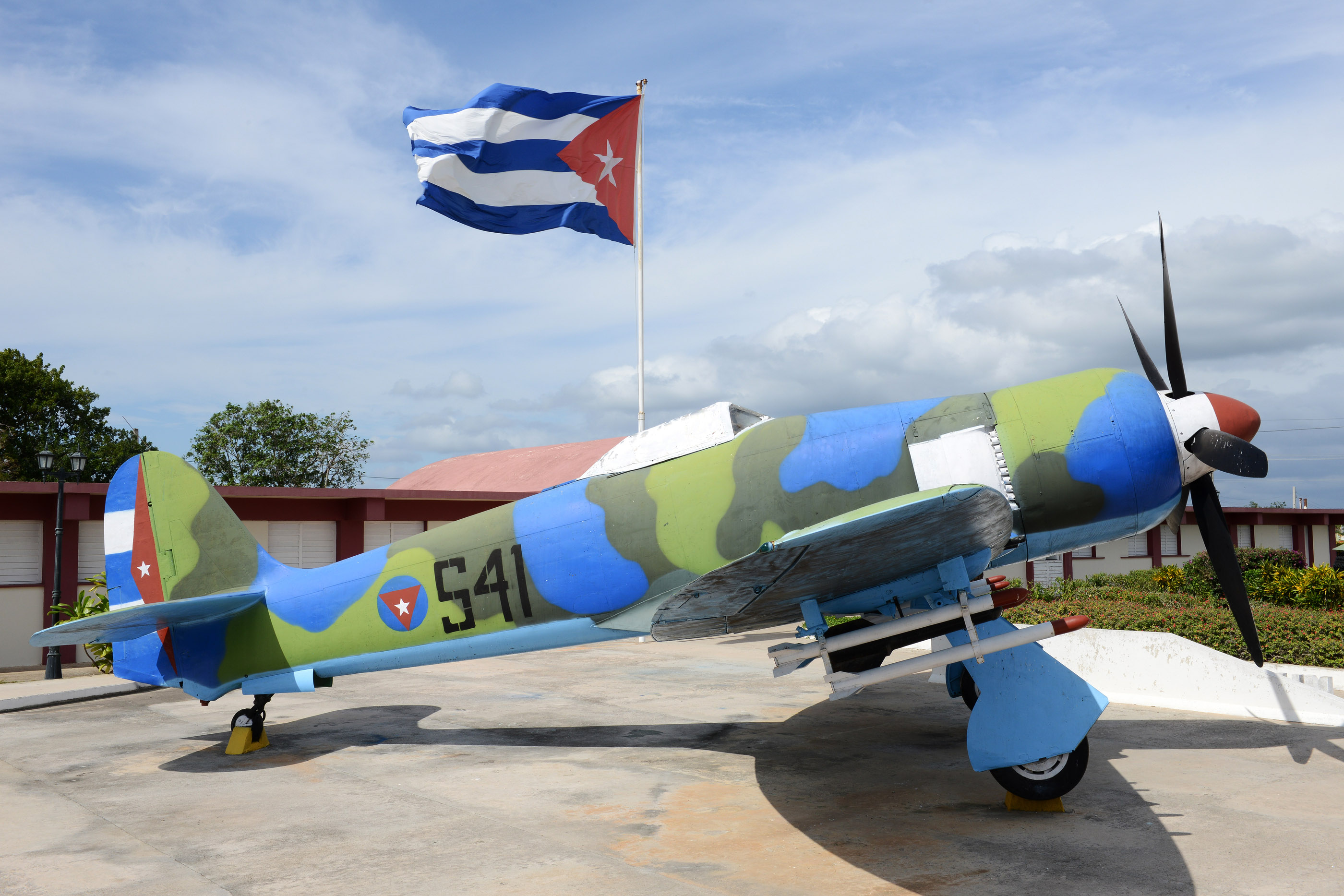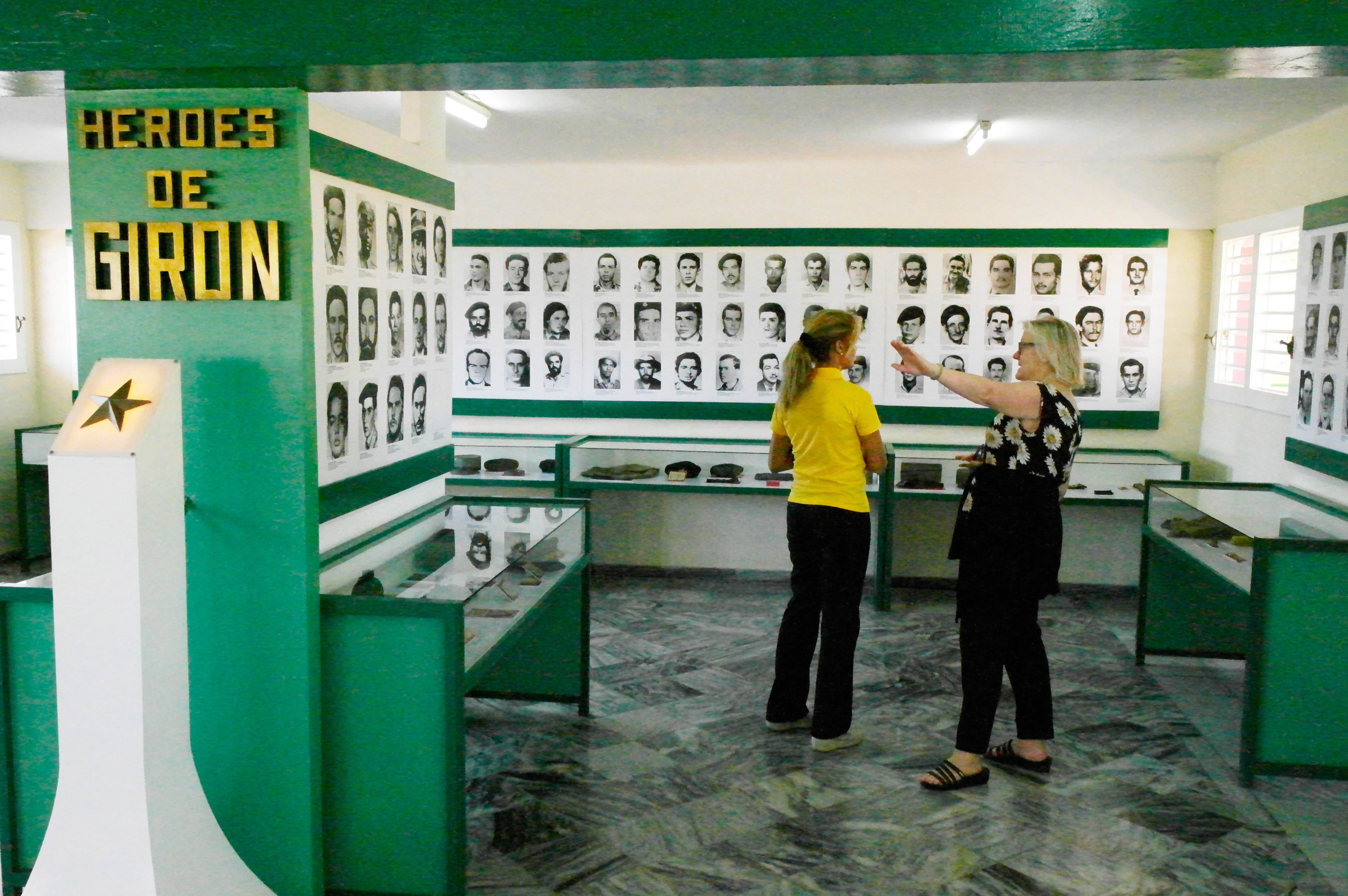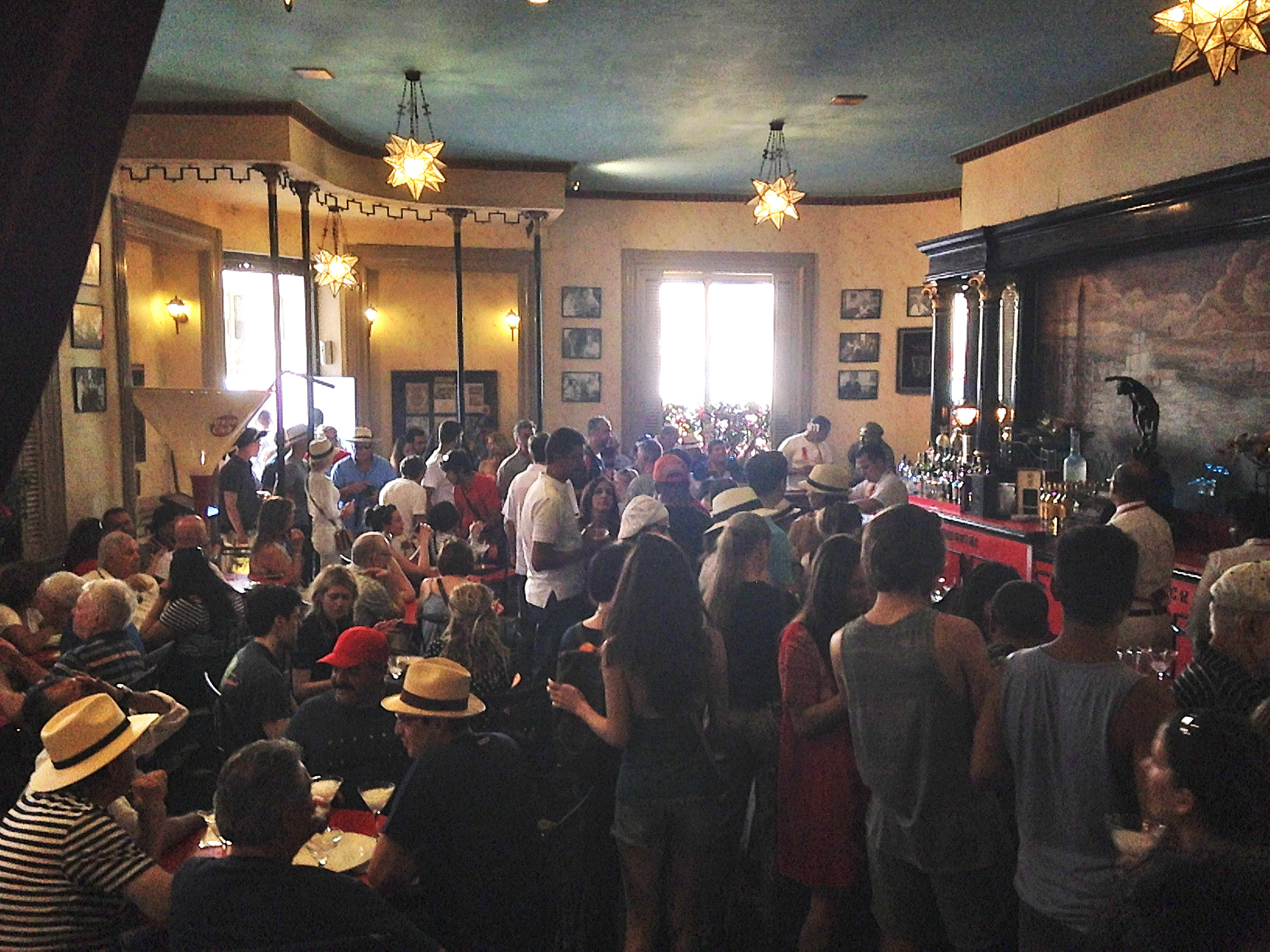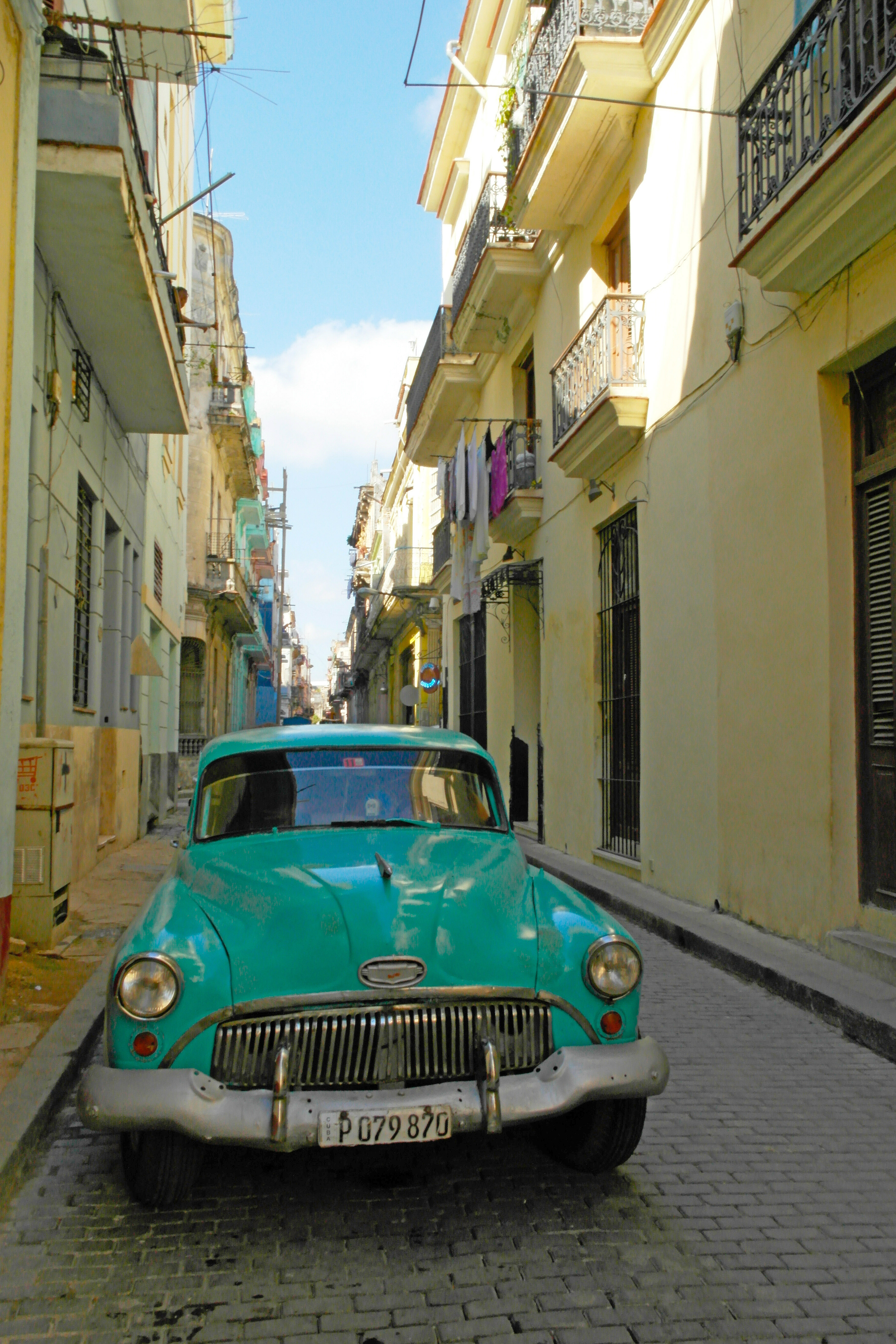CIENFUEGOS, CUBA — It was 56 years ago that American-backed insurgents landed on the beaches of Cuba’s Bay of Pigs. That invasion was a failure, but, thanks to the recent warming of relations between Cuba and the U.S., there’s a new American invasion taking place. How this one will turn out is anyone’s guess.
Any day that cruise ships are in town, the length of Calle Obispo, the main artery of Havana’s Old City, bustles with American tourists. They come to explore the host of shops, bars and restaurants that line this picturesque avenue in a city that was once off limits to Americans.
One of the most popular spots along the street is La Floridita, the bar that invented the rum-fuelled daiquiri cocktail that was a favourite of American writer Ernest Hemingway.
During my visit, cruise ship day-trippers crowded the bar to take selfies while sipping La Floridita’s signature drink. A haze of smoke filled the room from the fat Cuban cigars that everyone seemed to be smoking. A small band continuously played a lively set of Cuban music that would always loop back to that familiar standard, “La Guantanamera”, a song that is played wherever tourists gather, along with selections from the Buena Vista Social Club, possibly the only Cuban songs with which most foreign visitors are familiar. In the corner stands a statue of Hemingway, next to the roped-off barstool that was the throne from which he held court during his Cuban sojourn.

Above: The beach where the Bay of Pigs invasion took place is now crowded with tourists.
I was staying further out from the Old City in the Hotel Nacional, a historic building that towers over La Malecon, the broad boulevard that follows the scenic seawall that runs the length of the city. In the elevators and hallways of the hotel, virtually everyone I spoke with were Americans, who were visiting with tour groups.
Even though U.S. President Donald Trump recently announced a new get-tough policy regarding Cuba — he tightened some of the restrictions loosened by former president Barack Obama — it doesn’t seem to be curbing the flow of American tourists to the island. And some of the Americans arriving are looking for reminders of the Bay of Pigs invasion.
I knew the American side of the story about the invasion, but was curious about how it was commemorated in Cuba today and whether it still had any resonance. To find out, I set out to visit Playa Giron, one of the beaches where the invaders landed on the Bahia de Cochinos on the southern coast of the island.
The best place from which to explore this area of the country is the city of Cienfuegos, which is a popular port-of-call for cruise ships. I travelled there from Varadero — a three-hour taxi ride away across endless flat farmland — and along thre way passed a number of massive derelict buildings sitting in the middle of nowhere. These abandoned concrete structures were once boarding schools for rural youth. “Part of former late Cuban leader Fidel Castro’s efforts to improve education in Cuba,” explained my guide. They were a failure, apparently.
When we finally pulled into Playa Giron, the scorching sun was high overhead. At the edge of the town, we stopped by the Hotel Giron. Out front, I noted the flags of Canada, Russia, Germany and Sweden. But no American flag.


Above: The museum features a plane used to defend the island and photos of those Cubans who died.
We passed through the lobby to the back of the hotel to looked at the beach, which was mostly empty. Five decades ago, soldiers fought and died on this beach. Today, there are no signs of that struggle. For that, we walked down the dusty street to visit the Museo de Playa Giron.
In front of the museum, there is a garden of munitions with a Cuban warplane, some tanks, armoured vehicles, cannons and anti-aircraft guns that all took part in the battle. In the middle of all these weapons stood a small monument with the names of the Cubans who died in the battle.
The museum is not large. It’s a one-storey bungalow and inside the displays are mostly photos and maps with a few artifacts — guns, uniforms and original documents — that chronicle the battle and remind us how Castro came to command the Cuban forces to push back the invasion.
I pause to look at the photo of a stained wall with the word Fidel scrawled in blood. During the battle, a dying soldier wrote his leader’s name on the wall with his own blood. For that, the man became a martyr and received a state funeral that was led by Castro and the rest of the Cuban leadership.


Above: New American invaders like to hang out at Hemingway haunts and admire Cuba's old cars.
He was not the only martyr to be honoured. About a third of the museum space is devoted to a display of somber photographs of the dead with their names beneath each photo.
When it was time to leave, we got back in the taxi for the long ride back to Varadero. My curiosity about the Bay of Pigs was satisfied. The black and white photos of the museum reminded me that this Cold War battle was long ago and is rapidly receding into history for a generation that weren’t even alive when it happened.
The schism between the United States and Cuba that once seemed so wide is narrowing and my time there left me hopeful for the future between these former foes.
My only question is, does America’s newest president feel the same? •
About the Author
"Montreal-based travel journalist Mark Stachiew has been travelling the world and writing about it for more than 25 years. Formerly the Travel Editor for Postmedia Network’s canada.com, his writing and photography have appeared in numerous newspapers, websites and magazines. He has loved to travel ever since his parents took him on epic cross-country road trips as a child. Mark believes travel can be a force for good and hopes his stories inspire others to explore the world to encounter different cultures in order to gain a greater understanding of how we are all connected.".